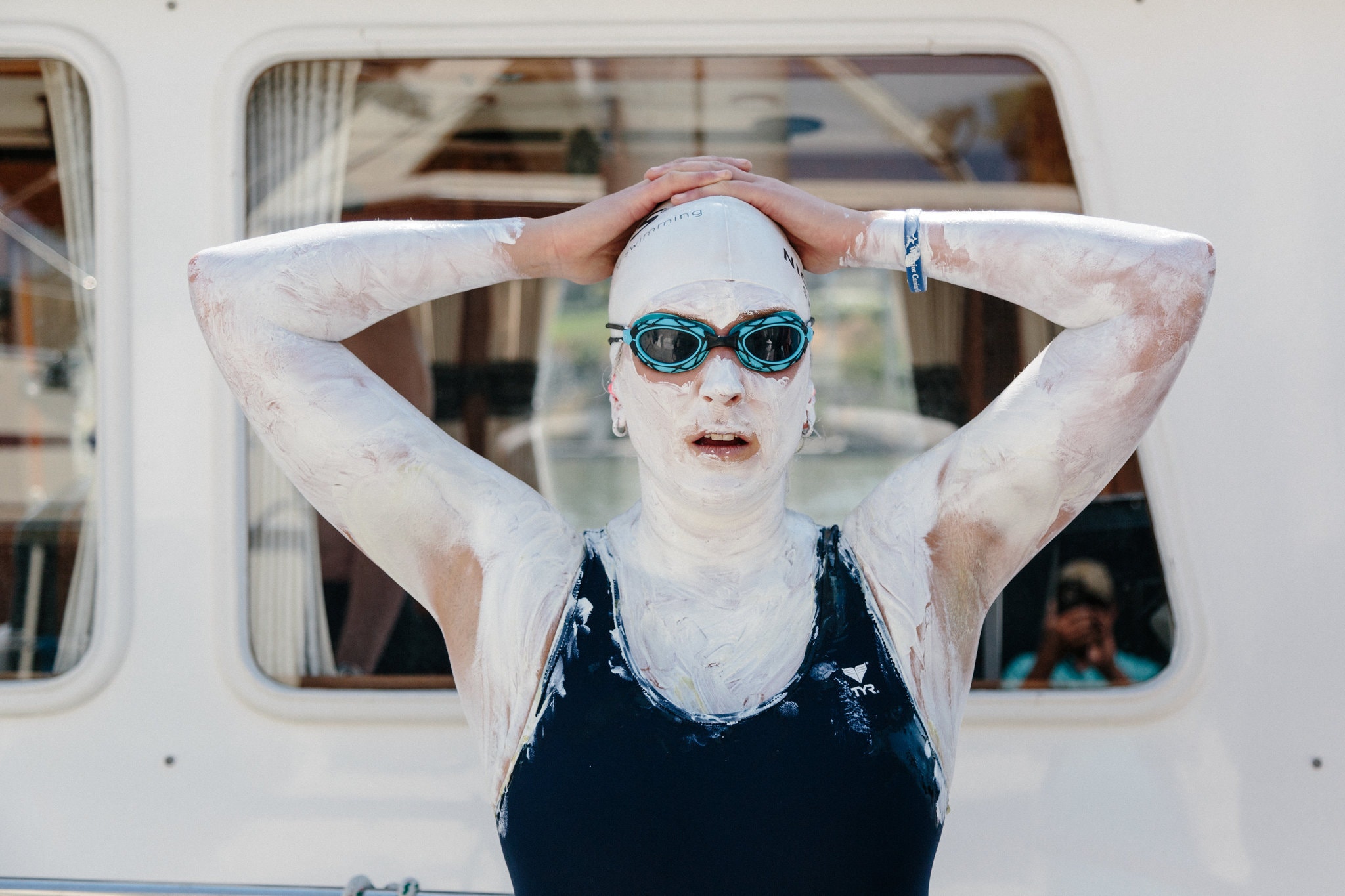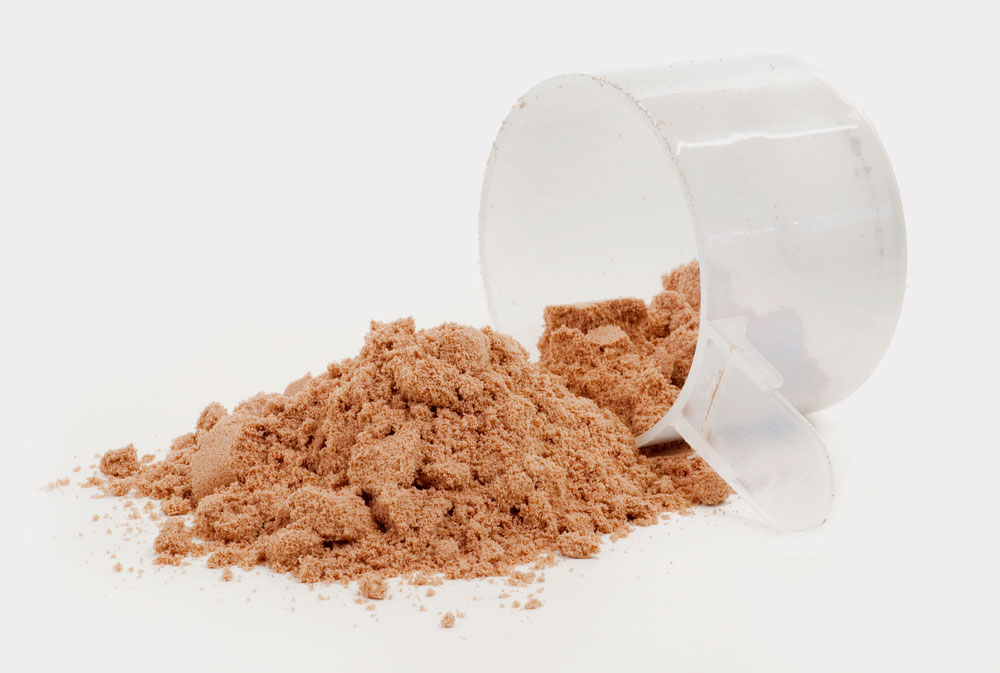How Safe Is Sunscreen?
How Safe Is Sunscreen?
A recent study on absorption into the bloodstream has caused concern, but you should be more worried about skin cancer.

Skin cancer is the most common malignancy in the United States, affecting more than three million people each year. Using sunscreen is one mainstay of prevention. But the recent news that sunscreen ingredients can soak into your bloodstream has caused concern.
Later this year, the Food and Drug Administration will offer some official guidance on the safety of such ingredients. What should people do in the interim as summer approaches?
The only proven health risk so far is too much sun exposure. Some may think covering up and limiting time in the sun is important only for those with lighter skin, but the recommendations against UV exposure apply to everyone.
Yes, you should probably keep using sunscreen, although some who may want to play it extra safe could switch to sunscreens that contain zinc oxide and titanium dioxide.
Sunscreens were first regulated by the F.D.A. in the 1970s, and they were considered over-the-counter medications, before current American guidelines for the evaluation of drugs were put in place. Because of this, sunscreens didn’t undergo testing the way modern pharmaceuticals would.
In Europe, things are even more lax. Sunscreens are regulated as cosmetics, and because of this, many more sunscreens are approved there than in the United States.
The F.D.A., however, has wanted to know: To what degree are chemicals applied to the skin absorbed into the body, and what are the possible effects of those chemicals?
We now have information about the first question. A few weeks ago, a study was published in JAMA that randomly assigned 24 healthy people to one of four sunscreens. Two of them were sprays, the third was a lotion, and the fourth was a cream. Participants were instructed to apply the sunscreens to 75 percent of their bodies four times a day for four days, and 30 blood samples were drawn over a week.
The F.D.A.’s guidance says that any active ingredient that achieves systemic absorption greater than 0.5 nanograms per milliliter of blood should undergo a toxicology assessment to see if it causes “cancer, birth defects or other adverse effects.”
The study examined four common sunscreen components: avobenzone, oxybenzone, octocrylene and ecamsule. For all four, systemic concentrations passed the nanogram threshold after the applications on the first day of the study. The levels were higher than the limit for the entire week for all the products except the cream.
They also increased from Day 1 to Day 4, meaning that there was accumulation of the chemical in the body with continued use.
This is not evidence that sunscreens are harmful. It’s entirely possible that the amounts absorbed are completely safe. In fact, given the widespread use of sunscreen, and the lack of any data showing increases in problems related to them, it probably is safe. Sunscreens are a key component of preventing skin damage that can lead to skin cancer.

But this doesn’t mean the effects of absorption shouldn’t be checked. The F.D.A. is preparing a final recommendation. For now, the proposed rule, which is still open for public comment, suggests that sunscreens with para-aminobenzoic acid (an association with allergies) and trolamine salicylate (an association with bleeding) should not be given the designation “generally regarded as safe and effective.”
The rule also proposes that sunscreens that rely on zinc oxide and/or titanium dioxide should be “generally regarded as safe and effective.” These inorganic compounds are not absorbed into the body, and sit on the skin reflecting or absorbing the sun’s harmful rays.
Because they aren’t absorbed, they’re also noticeable. Most people prefer sunscreens that are absorbed. Lots of parents in particular prefer sprays because they’re easier and faster to apply to children, who weren’t even part of this study.
In recent years, vacation destinations like Hawaii, Palau and Key West have started to ban sunscreens with many organic ingredients because they may be damaging coral reefs. Those ingredients include oxybenzone, octinoxate and parabens.
These products can accumulate in living organisms over time, in both vacationing humans and sea creatures. Significant doses collect when tens of thousands of people wear sunscreen while swimming in the ocean. These quantities only increase when we wash them off in showers and baths into water that eventually finds its way into the ocean.
The International Coral Reef Initiative says that more research is necessary, but that while we wait for such work to happen, we should be careful. A review in the Journal of the American Academy of Dermatology agrees, but points out that most studies have been limited to the lab. Many have argued that we should shift to safer “reef-friendly” products.
It’s not clear, though, that sunscreens containing inorganic ingredients are good for the environment either. A study last yearpointed to the fact that zinc oxide and titanium dioxide could also have bleaching effects on corals.
When it comes to personal health, a basic plan to cover up seems sensible. I wear a UV protective swim shirt and hat in the sun. My children tell me I don’t look as cool as the other dads, but I need to use a lot less sunscreen than they do. That not only makes my life easier, but it might help the environment, too.





